Starting your STEAM program from scratch? I was in your position when our program was started.
While outfitting your program can seem like a daunting task — it is doable.
You’ll want to ask your district what funds you have available to you to start the program. My district does provide an annual classroom budget, like other classrooms receive, but when serving over 400 students, it only takes us so far. It became quite apparent that first year that I’d need to get creative! So, with the budget I was given, I started STEP 1 and 2 below, and sat on the money in my budget and started thinking about my first grant, with the intent to use our classroom budget as “matching funds” – should the grant require them, for STEP 3.
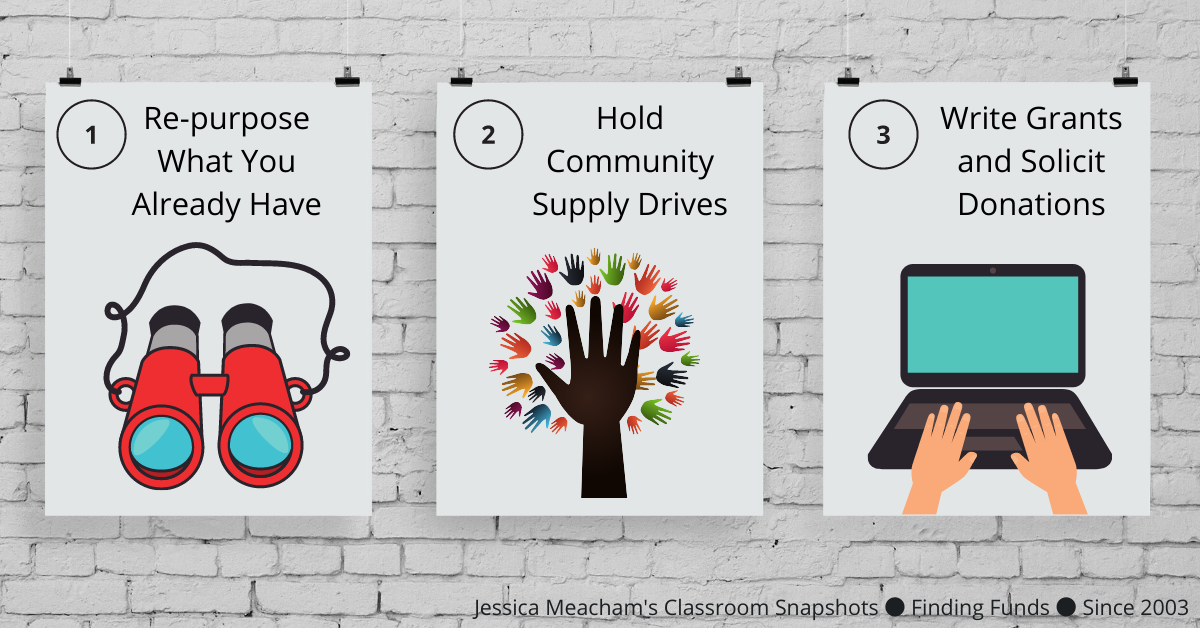
Re-purpose What You Already Have
Transitioning to STEAM teacher, after having taught 22 years of mostly primary elementary grades, I wasn’t sure how much of what I’d collected and purchased over the years would work in the new room/program. Now that I have two years under my belt, I wholeheartedly recommend that you bring any of the following with you, if you’re able to:
- craft supplies
- storage containers
- STEM-type manipulatives
- tools
Use my MAKERSPACE List of Supplies as a springboard for ideas, when deciding what to bring with you!
Hold Community Supply Drives
I was a bit worried when thinking about asking for community support. Despite my reservations, I quickly realized how enthusiastic parents, students, family, friends, and community members were to help out. Many shared they were THRILLED to find a place for things they weren’t able to use. Our community drive takes place in August, and families bring in items during our Open House night. Then, for the rest of the year, I just share out on our parent communication app (ParentSquare) what students need.
Feel free to use this community flyer template (above) for inspiration when designing your own. If you have a Canva account, you can copy my template if you wish.
Also, reference my MAKERSPACE List of Supplies as a springboard for ideas, when deciding what to ask for!
Write Grants and Solicit Donations
OK, now for the biggie — grant writing and soliciting donations! In the first 18 months of our program, I was able to secure nearly $70,000 in grants and donations. I’m still in awe when I think of that amount – almost like it’s not for real. But it is.
First, keep in mind that NO AMOUNT is too small. It all adds up! I started with our classroom budget and decided that I wasn’t going to spend it. Instead, I sat on it and found a grant that needed matching funds and used that money as the matching funds part. Then, once awarded the grant, I sat on THAT (didn’t purchase the materials) and found another grant and used my classroom budget PLUS the award money as matching funds for the second grant. Not all grants require matching funds. Most do, though. The image below shows how you can turn $500 into $3600 using this process.
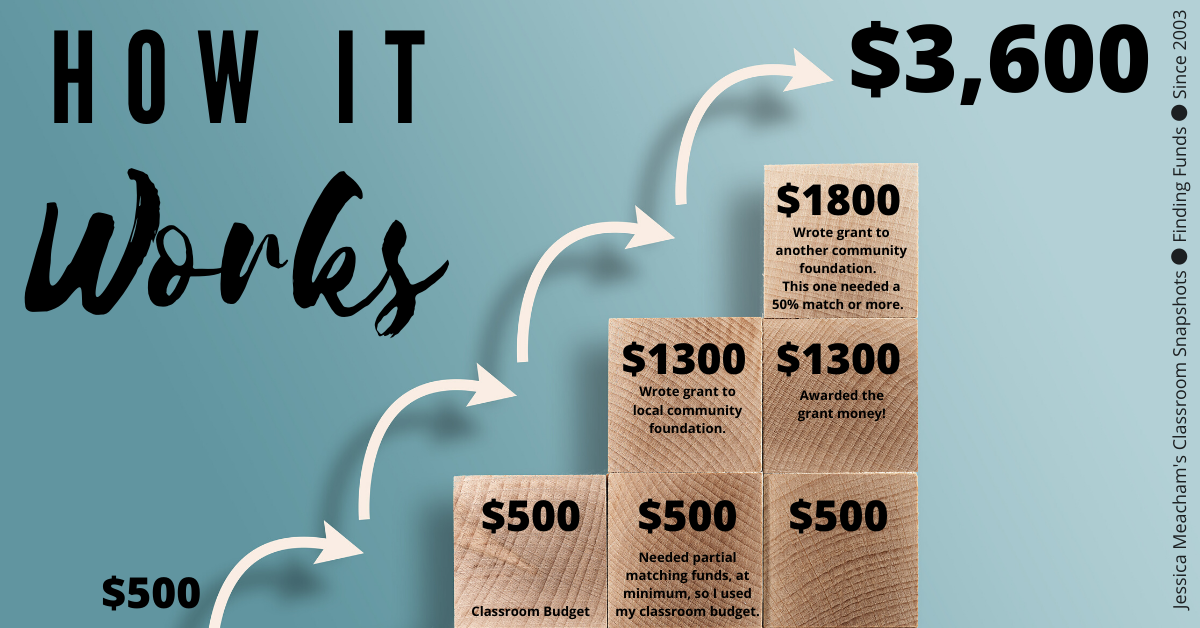
This process does take some time (and patience!). In the meantime, while this kind of scenario plays out, you have other options for fundraising as well!
- Consider participating in your school/district fundraising events
- Start a DonorsChoose project
- Connect with area businesses
- Talk with your school’s parent group
Perhaps your STEAM program’s immediate needs can be addressed by local businesses. Consider asking Target and Walmart for funds to put towards materials needed for a classroom project. Start networking with your area’s manufacturing businesses and share your goals and needs. In addition to local foundations and businesses, consider looking regionally and nationally for grant opportunities. The following are a few ideas to consider:
- Centurylink
- Mobile
- America’s Farmers Grow Rural Education
- LOWES
- Dollar General
- Kohler
- AIAA
- Civil Air Patrol
- HESS Toy Truck
- Hotwheels
When grant writing, it’s important to read the fine print and make sure that what you’re submitting, paints a picture of your students’ needs and how the grant money (or donation) will help to address that need.
If possible, scour their website for the FAQ section. Look for rubrics and webinars that they offer to applicants. These tools will help you make sure you are not wasting your time (or their time!). By using the tools they provide – you increase your likelihood of being awarded the grant money (or donation).
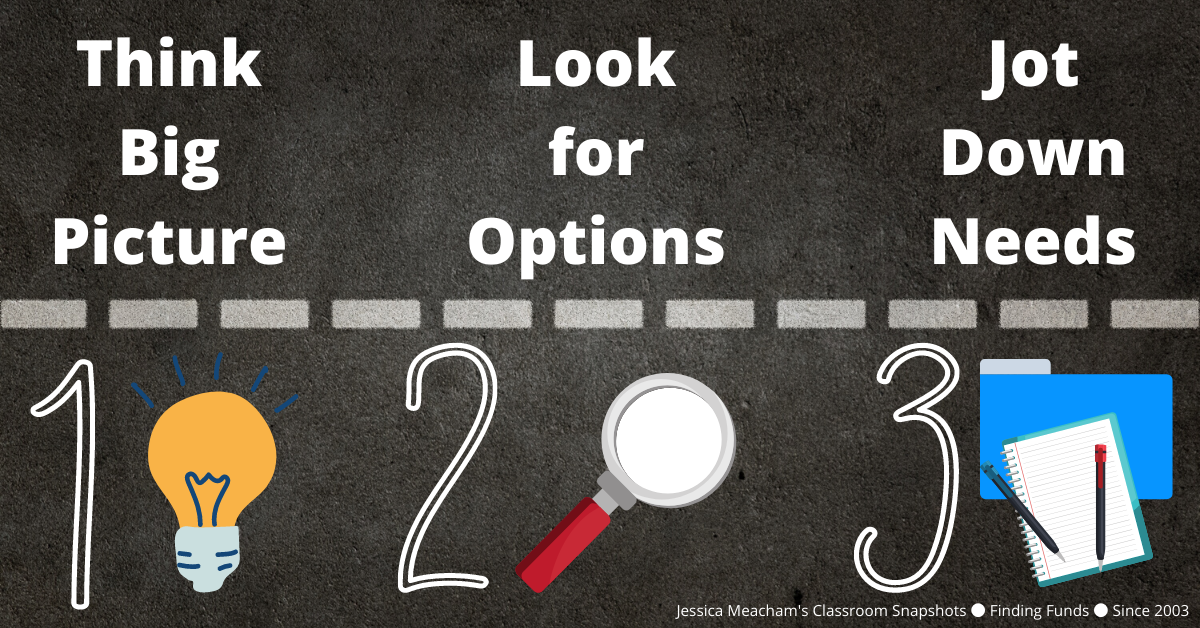
Think Big Picture
My BIG PICTURE centered around what I wanted to offer our STEAM students. I asked myself, “What do I want outgoing elementary students to be able to do? What do I want them to be better at?” My answers to these questions highlighted a need for building skills and capacities in the areas of:
- teamwork (4Cs/employability skills)
- problem-solving
- manipulating and working with materials
- circuitry
- coding/robotics/computer science
From this list, I was able to then identify tools and resources that would help my students.
Check out my MAKERSPACE List of Supplies as a springboard for ideas, when deciding what to create grants for!
Look for Options
Scour the Internet for funding sources! Talk with other teachers in your building. Ask teachers in online forums where they find money for their program. Keep your eyes peeled when you’re out and about. I was paying for my gas and soda at my local gas station when I discovered a poster about Mobile’s STEM grant program!
Keep a folder of possible funding sources for your reference. Begin to learn what each option offers and requires:
- amount of award?
- deadline for application?
- who can apply?
- matching funds needed?
- applicant help available (rubrics/FAQ section/applicant webinars)?
Jot Down Needs
As your year unfolds, keep a running list of needs/wants.

From tool to student skill needs — this list will help you as you find more grant/donor opportunities. Don’t feel overwhelmed by the list or requirements for each grant. One need I encourage you to consider is a grant partner. For me, I enlist the help of my principal. He understands the “mission” of our STEAM program and the goals I have for it. He reads my grant proposals and recommends changes/edits. I sometimes ask one of our HS English teachers for help with grammar/editing (send them a sentence or paragraph to look over).
You can do this — let me know if you have any questions! #BestWishesFindingFunds


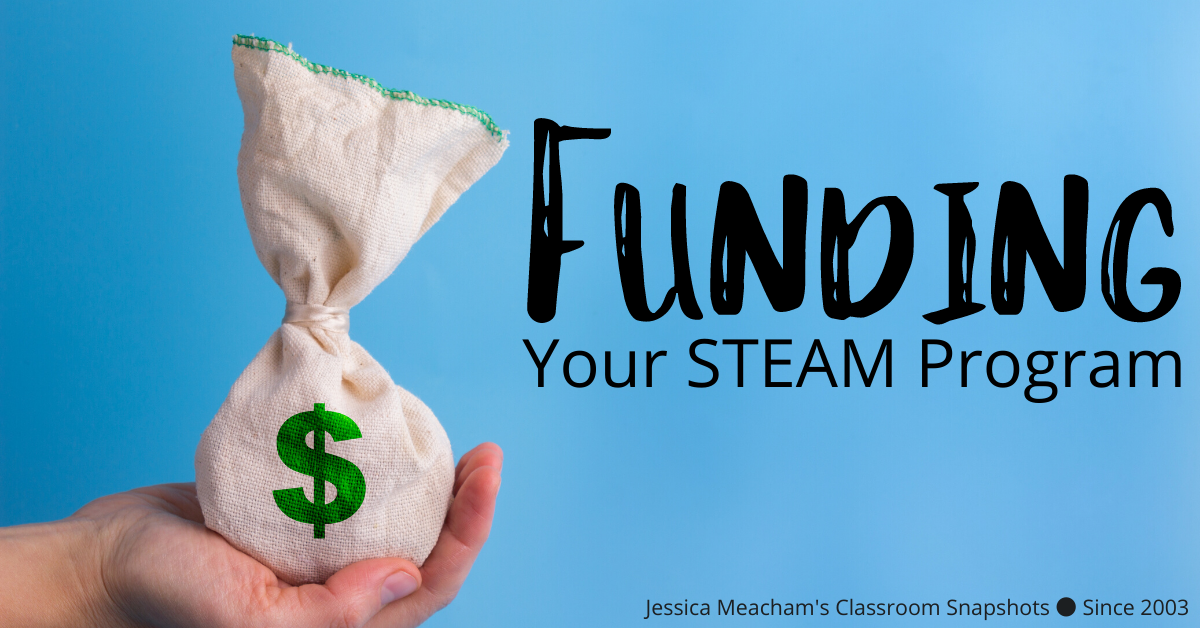
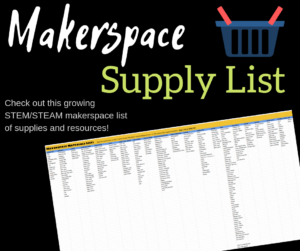
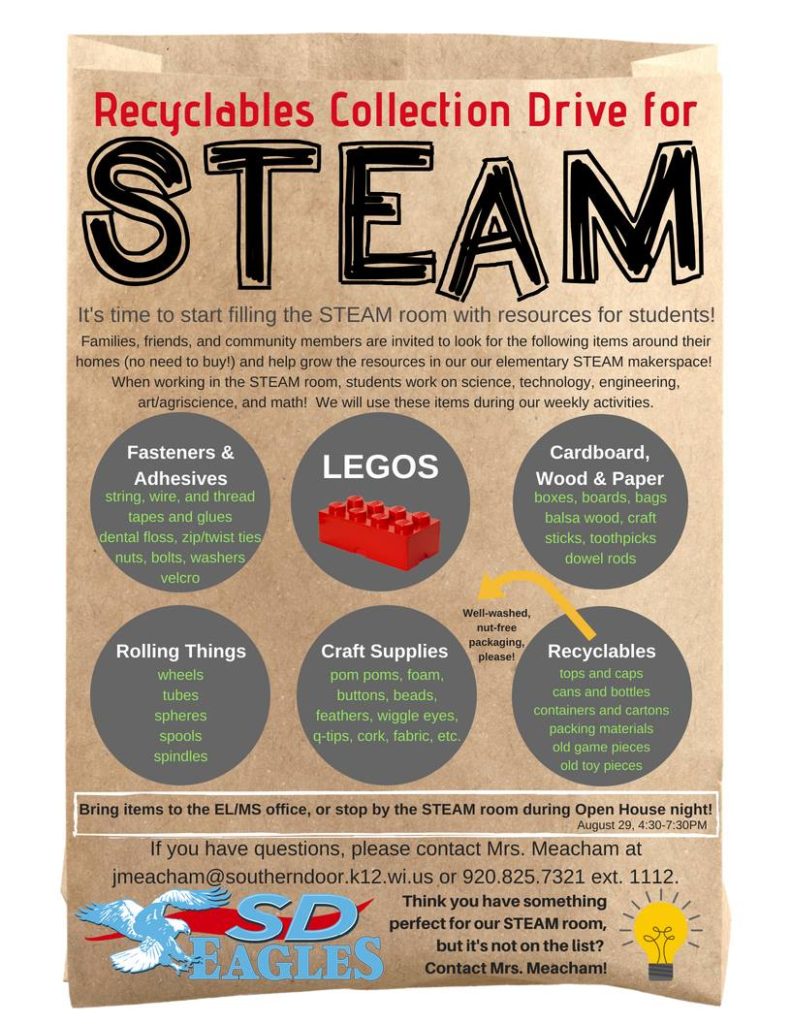
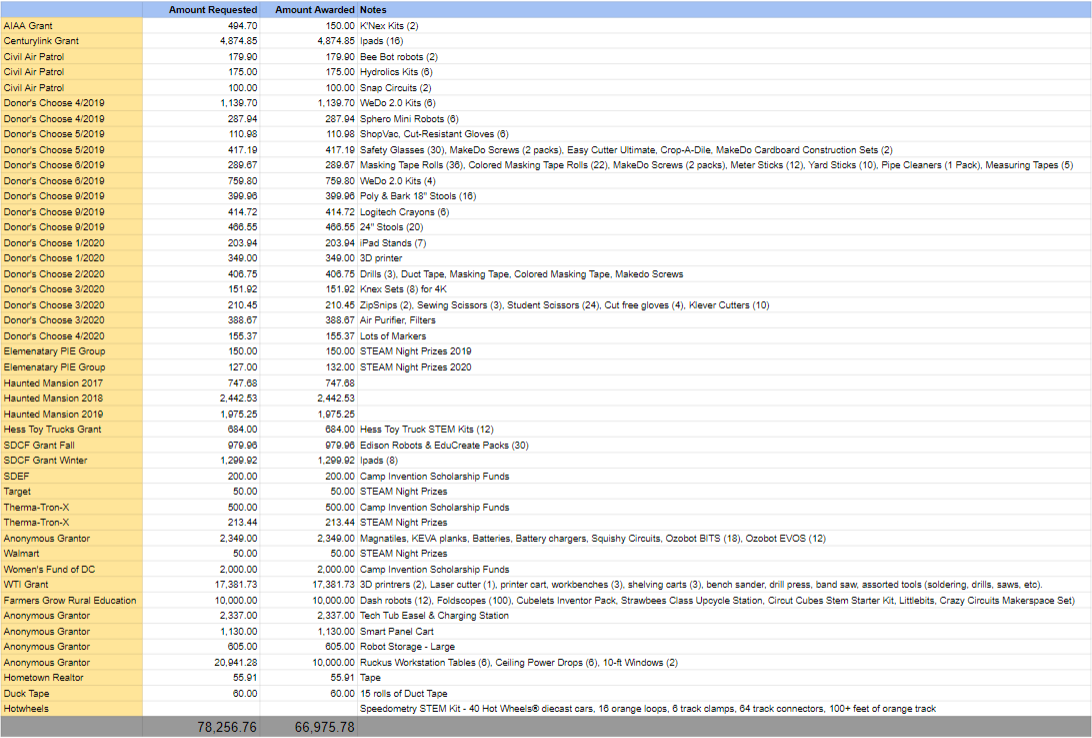
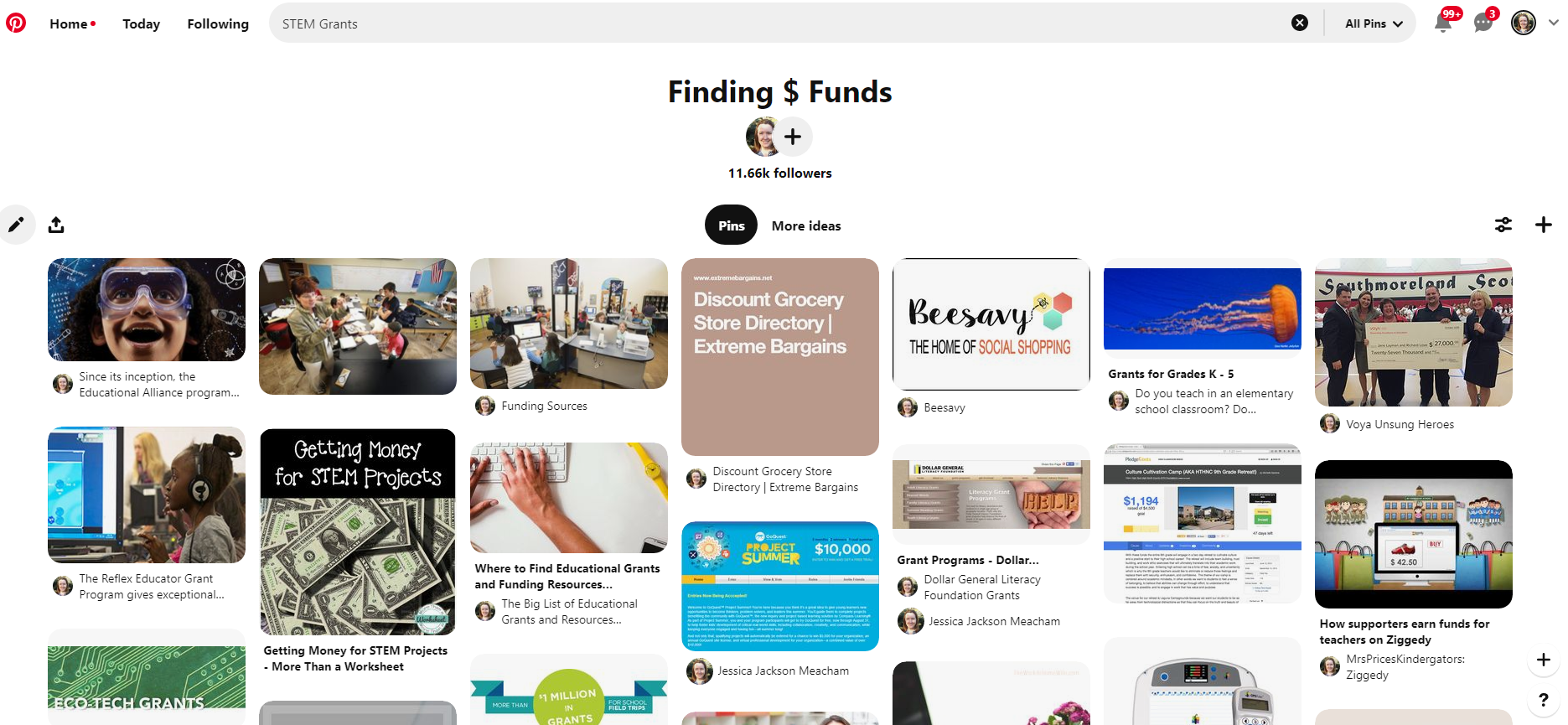

No Comments